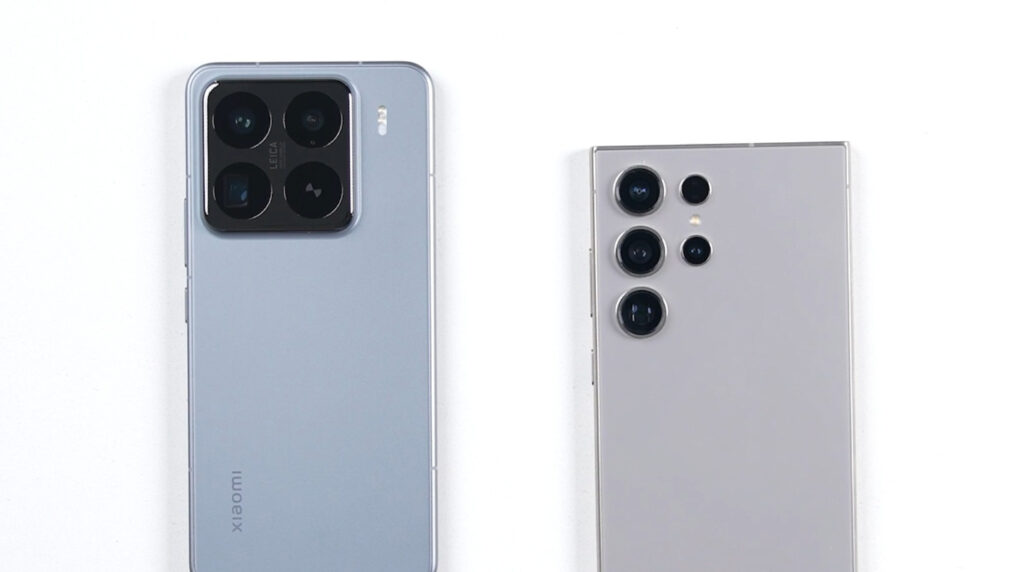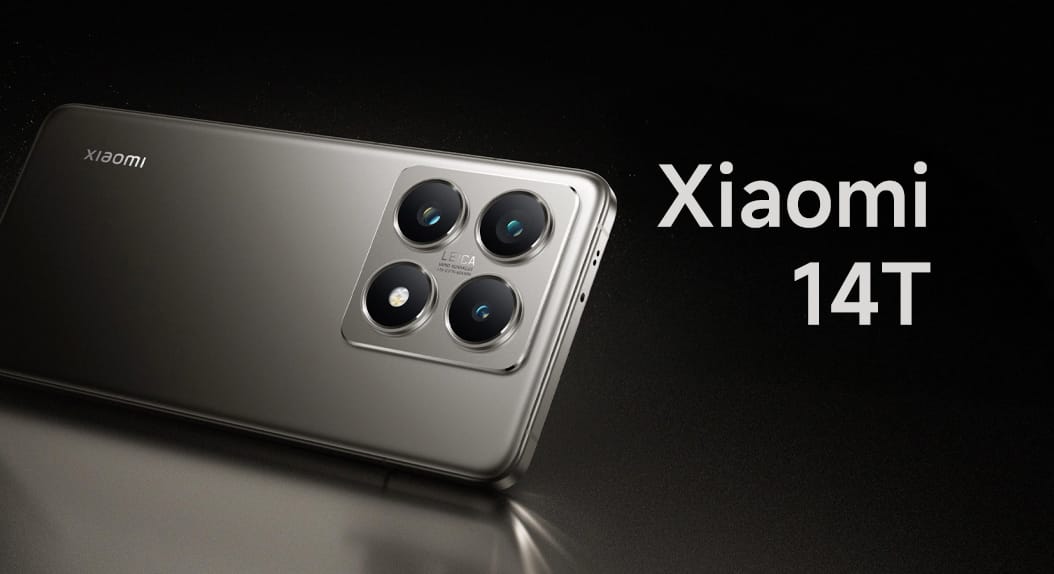Xiaomi, the Chinese tech giant, has made an assertive entrance into the South Korean market, causing unease among domestic electronics leaders like Samsung. The company’s strategy of delivering high-quality products at competitive prices has sparked concerns that it might disrupt the established dominance of Korean brands in their home market.
Samsung Monitoring the Movements of Xiaomi Closely
According to industry sources, Samsung Electronics is rigorously monitoring the increasing influence of Xiaomi. This is because the company fears that its cost-effective image might make it unappealing to price-conscious customers. Rumors have it that some Samsung executives might take a visit to Xiaomi’s recently opened offline stores in an attempt to feel and experience what the brand has in store.
Not an unfounded concern. Xiaomi’s price aggression strategy has worked globally. According to IDC data, in 2024, Xiaomi took the third position in the global smartphone market, accounting for 13.6% share (168.5 million units). Samsung was at 18% share, second only to Apple at 18.7% share, or 232.1 million units. That puts Xiaomi right at the doors of the well-established players such as Samsung.
Xiaomi officially enters South Korea with Xiaomi 14T and Redmi Note 14 Pro 5G
Xiaomi’s Competitive Advantage: High Quality at Half the Price
One of the significant reasons Xiaomi is successful today is that the brand can give you premium features at a minimal price. Recently launched Xiaomi 14T, held at an event in Seoul on January 15, is the epitome of such. The starting price for this Xiaomi 14T model is as low as 599,800 KRW with 12GB + 256GB model, and goes as high as 649,800 KRW with the 12GB + 512GB model, and will bring you:
- Qualcomm Snapdragon 8 Gen 3 processor
- 6.67-inch AMOLED display
- AI-driven services, including real-time interpretation, Circle To Search, and the Gemini app.
All of these features are available at a price almost half that of its competitors in the market by Apple and Samsung, which has made Xiaomi’s offerings highly attractive to budget-conscious consumers.
Xiaomi’s Impact Extends Beyond Smartphones
The plans of the company in South Korea do not limit to phones. It introduces the full category of consumer electronics, such as smartwatches, TVs, and robot vacuum cleaners. Multicategory introduction is also practiced by the corporation globally for providing an integrated connected ecosystem of smartphones. Significantly, it presented Redmi Note 14 Pro 5G to the market on January 22 when Samsung releases new products – an indication once again of strong intent.
Challenges in After-Sales Support
Although Xiaomi offers highly competitive price points and an extensive range of features, a lot is yet to be done concerning after-sales services (AS) as well. In fact, due to outsourcing firms for repairs and lack of appropriate service centers, complaints and the waiting hours to get components or spare parts do not satisfy most customers’ requirements. Expanding the AS will become an extremely vital requirement on behalf of the consumer for Xiaomi because this is definitely where it’s left behind competitors such as Samsung and Apple which enjoy strong in-depth service.
Mixed Industry Reactions
Experts are divided on Xiaomi’s prospects in South Korea. One industry insider noted, “Consumers’ loyalty to Apple and Samsung is high, so it is not easy for other smartphone brands to gain a foothold in Korea.” However, the same source acknowledged that Xiaomi’s strong brand recognition and competitive pricing could create opportunities, particularly among users looking for secondary devices for work or experimentation.
As Xiaomi cements its position in South Korea, its ability to combine affordability with cutting-edge technology could reshape the market landscape. However, the company’s long-term success will depend on its ability to address service gaps and maintain consumer satisfaction. With its bold strategy and diverse product lineup, Xiaomi is poised to challenge the status quo, potentially creating a seismic shift in the South Korean electronics market.


 Emir Bardakçı
Emir Bardakçı


